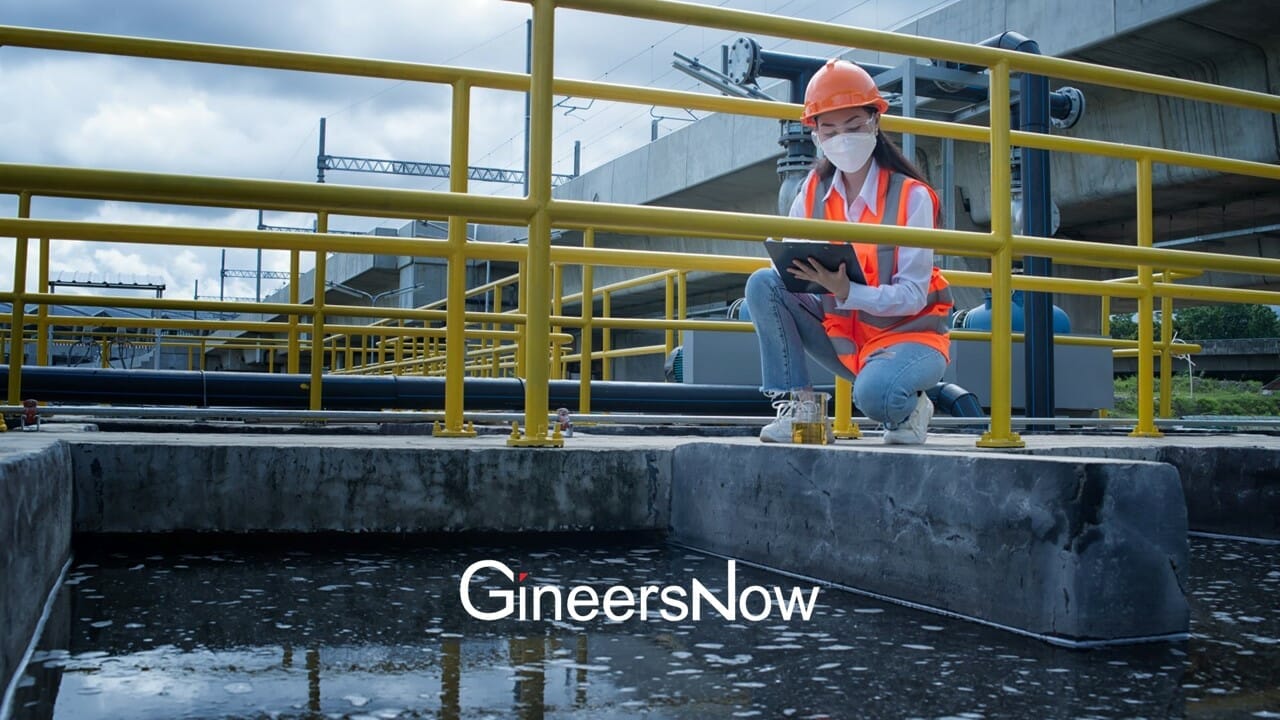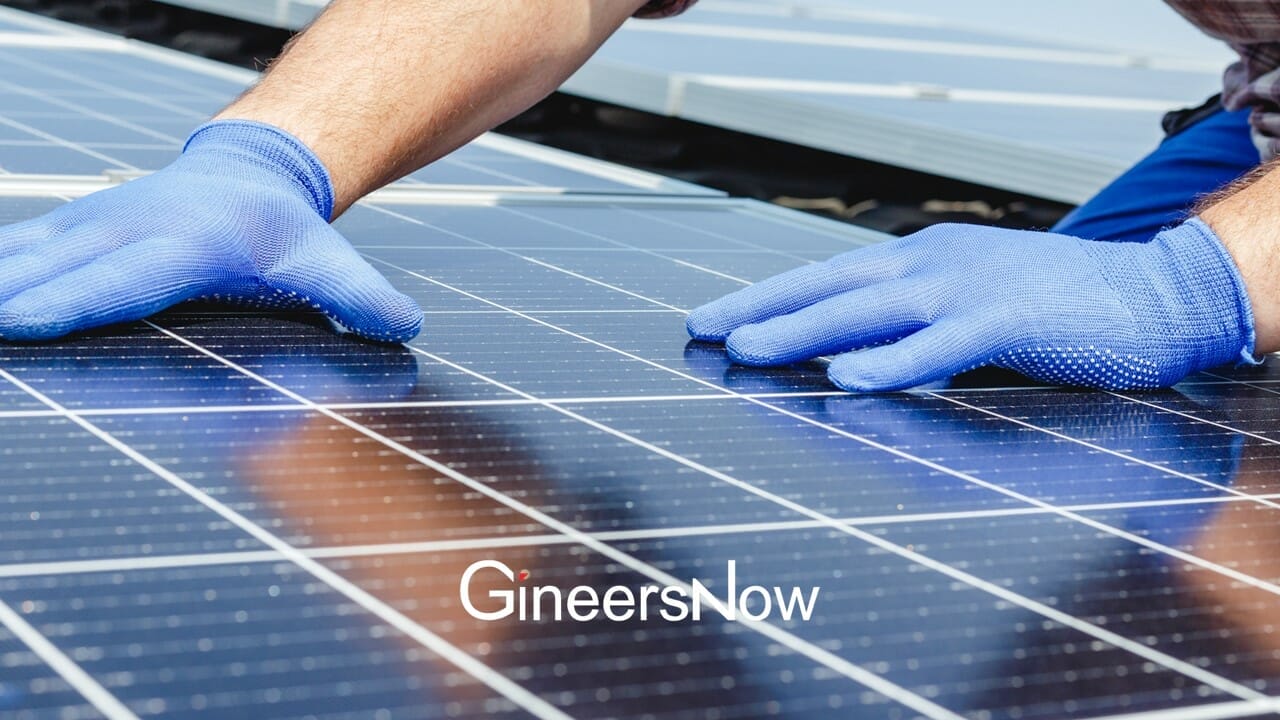In the future, our sources of power will no longer be limited to solar, wind, and hydropower. Osmotic is the new solution.
The École Polytechnique Fédérale de Lausanne (EPFL), a research institute in Lausanne, Switzerland specializing in physical sciences and engineering, has successfully developed a system using osmosis to generate electricity. The only requirements are seawater, fresh water, and a new type of membrane only three atoms thick.
[youtube https://www.youtube.com/watch?v=W3FnfJ2biY4]
Osmotic power works by separating the two fluids with different salt concentrations using a semipermeable membrane. In this process, salt ions travel through the membrane until the salt concentration in the fluids reach equilibrium. The movement of the salt ions, since they have an electrical charge, can be utilized to generate electricity. The electrons of the ions are transferred to an electrode which is used to generate an electric current.
The membrane that EPFL developed is made of molybdenum disulphide, with nanopores through which the freshwater and the saltwater pass through until the salt concentrations are equal.
This system is not to be undermined as calculation made by the EPFL show that a 1 square meter membrane with 30% of its surface covered by nanopores is able to produce 1 MW of electricity – equivalent to 50,000 standard energy-saving light bulbs.













